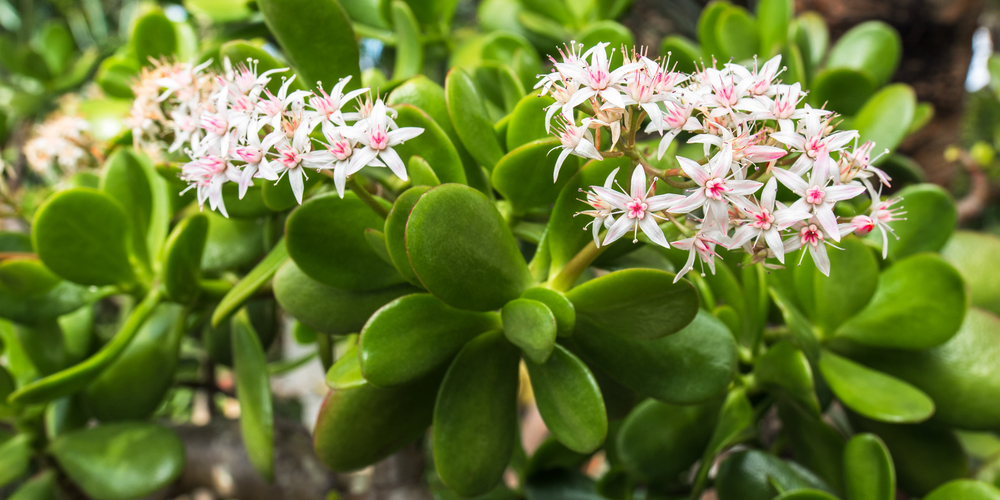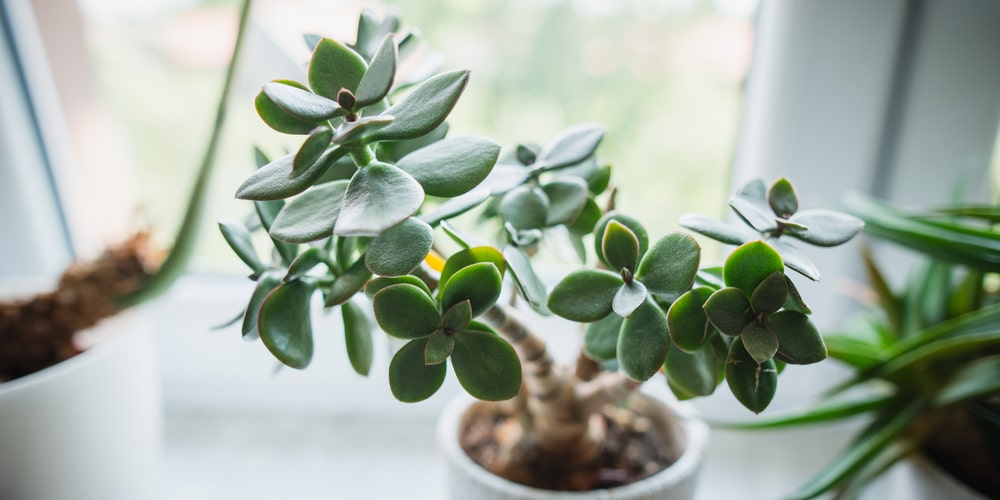Jade plants are lovely succulent houseplants that (in some cultures) are symbols of good luck. One of the things homeowners like the most about these plants is how easy they are to take care of and grow. Additionally, with proper maintenance, these plants tend to live very long, delighting you with their lush foliage and woody stems.
And it is no wonder you may want more of these tree-like succulents around your house! After all, they are suitable for decorating various indoor environments. But did you know you don’t have to purchase more than one plant to get more?
In this “How to Propagate Jade Plant” essential guide, we’ll go over all the methods you can use to make more plants out of the “mother.” Remember to gift some plants to your friends!
Propagating Jade Plant
Besides being relatively easy to maintain, jade plants are also one of the best plants to propagate. There are two main methods to propagate your jade plant: stem or leaf cuttings. Depending on how much time (and patience) you have at your disposal, one will suit you better than the other.
In general, the propagation using leaves takes longer. So, if you don’t want to wait too long, you should go for stem propagation. Still, both are relatively easy and effective methods.
For better results, consider propagating your jade plant in the summer: these plants will have higher chances of developing roots in warm and humid environments. So, the warmest months of the year are ideal.
Also, ensure you have adequate supplies before proceeding with the propagation. To begin with, you must have some succulent potting soil (or make one mixing perlite, sand, and general potting mix), rooting hormone, suitable pots, and a pair of sterile shears. Then, you must select some cuttings or leaves (depending on what you decide to do). But read on to learn more about jade plant propagation!
Stem Propagation
If you pick the stem propagation method, you must select some healthy cuttings from your plant. Cut off 3 to 4 inches long branches to ensure rooting. The shears (or knives) you use must be clean to prevent infections. Remember to remove leaves if any are growing along the stem. But leave the “bumps”: the more joints, the higher chances of rooting your cuttings.
Before proceeding further, remember to leave the cuttings to dry: it may take one or two weeks before a callus develops. Failure to wait might make your plant more susceptible to diseases and rotting. Dip your cuttings in a rooting hormone substance before allowing them to dry. Most products contain anti-fungal properties that may protect your plant.
When you notice the part where you cut the stem looks healed, it is time to move your plant to a suitable container filled with succulent potting mix.
To encourage rooting, keep your plant moist (without overwatering it). You may find it challenging to identify whether your seedlings developed roots or not. To test it, gently pull your plant up: if you feel even slight resistance, your seedlings are on the path to becoming plants!
After a while, you may have to transplant your little ones to a larger container. Then, take care of them as if they were mature plants!
Leaf Propagation
Alternatively, you may want to try leaf propagation. This method works better if your plant is young and has not so many branches on it. However, it will take slightly longer for a leaf to develop roots.
But that doesn’t make the process more complex. Select a healthy-looking leaf (more than one would be better to increase your chances of success) and snip it off your plant using a pair of clippers (ensure they are sterile). You must be extremely careful when cutting a leaf from your plant. Avoid breaking the stem of the leaf, or you might inhibit rooting.
While drying your leaves for a couple of days may help, remember not to leave them for too long, or they might wither. And this will make them unable to root.
Move your leaf (or leaves) to a container with potting mixture. You can make yours by combining vermiculite or perlite with a general substrate. Consider spraying your leaves with some cutting hormone to encourage rooting.
Then, create a small hole for the leaf stem (you can use your finger to do so) and place the cutting into the hole. Move some soil around it to keep it in place. Keep the leaves moist and wait: they may root in about three weeks!

